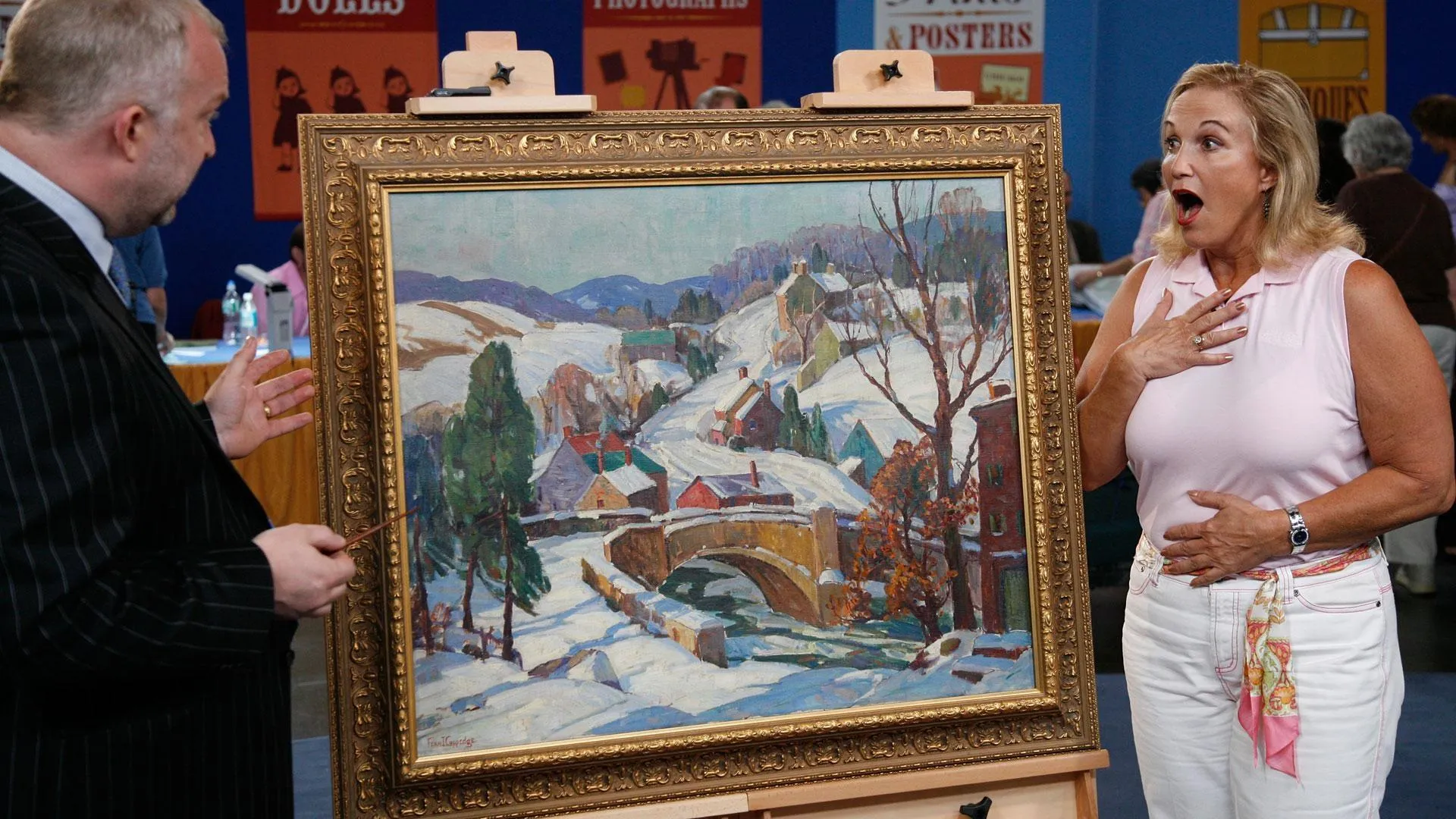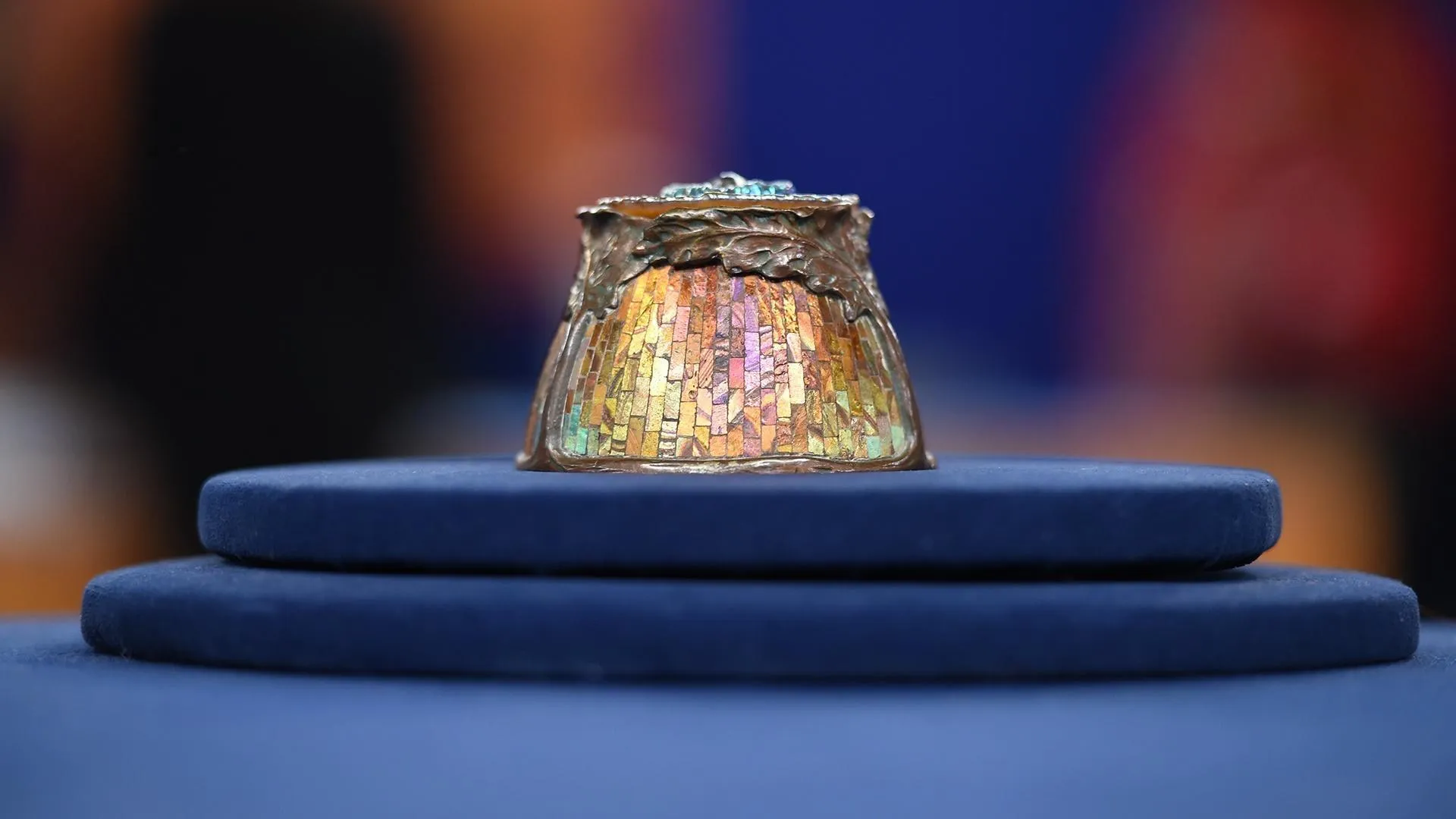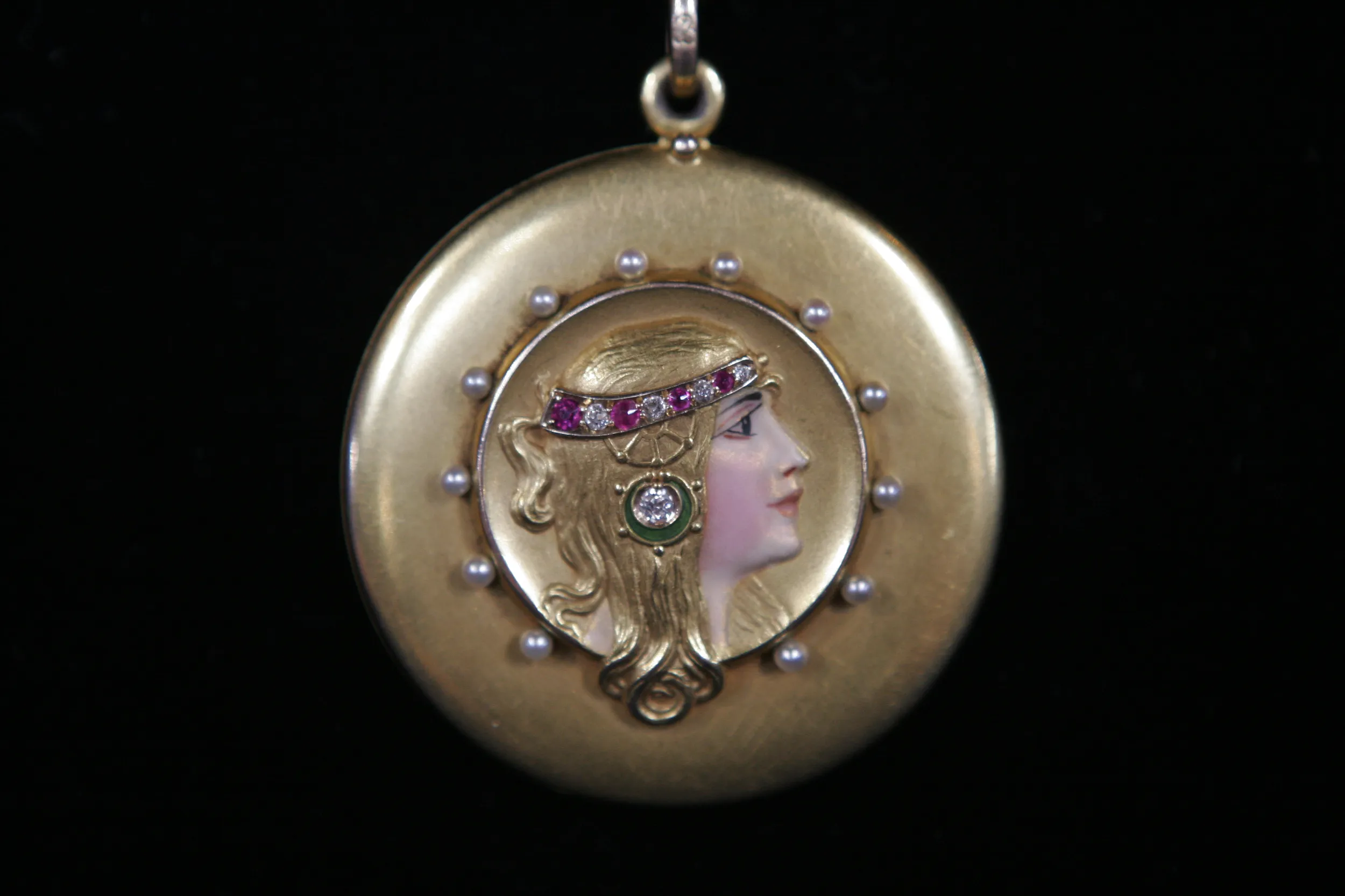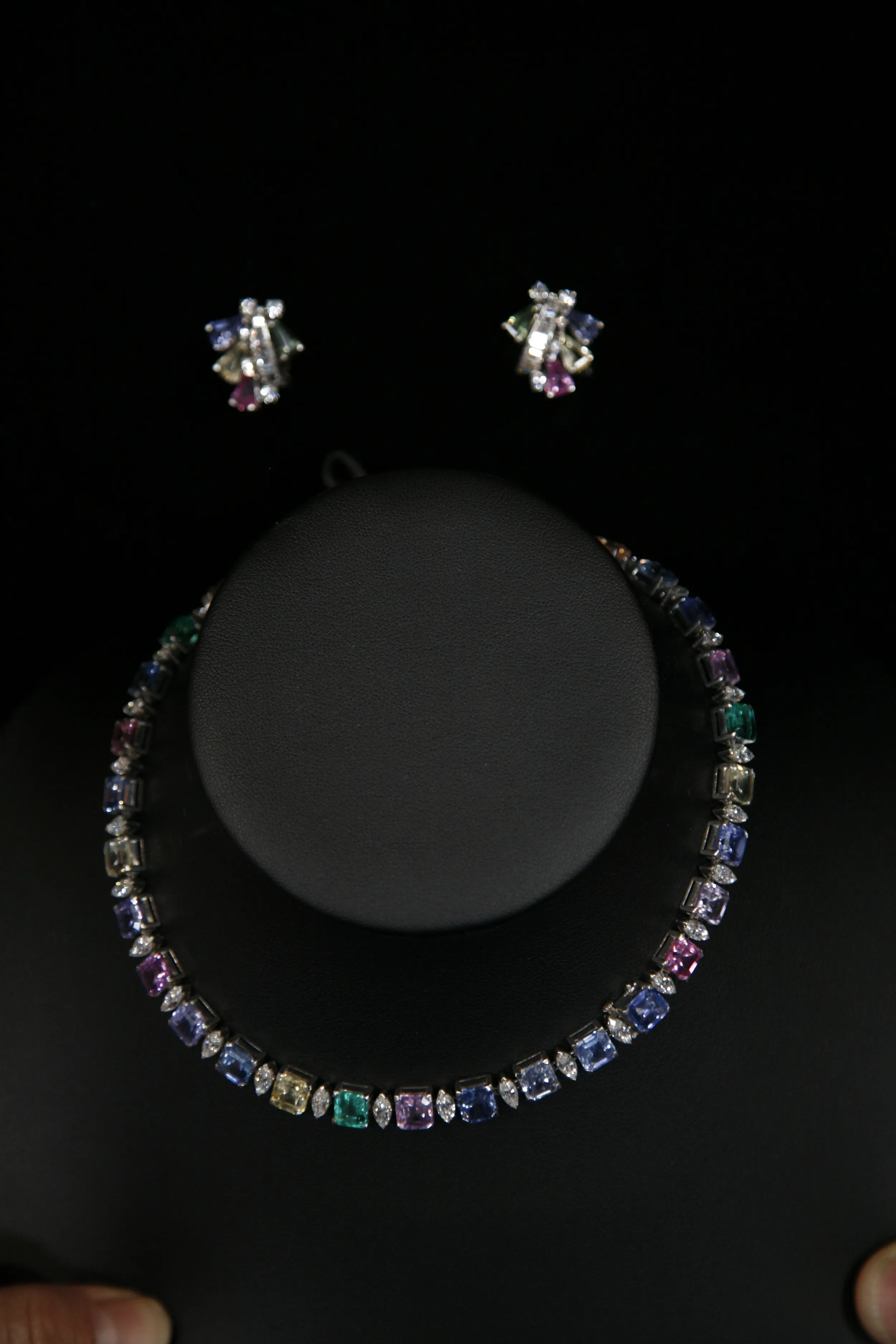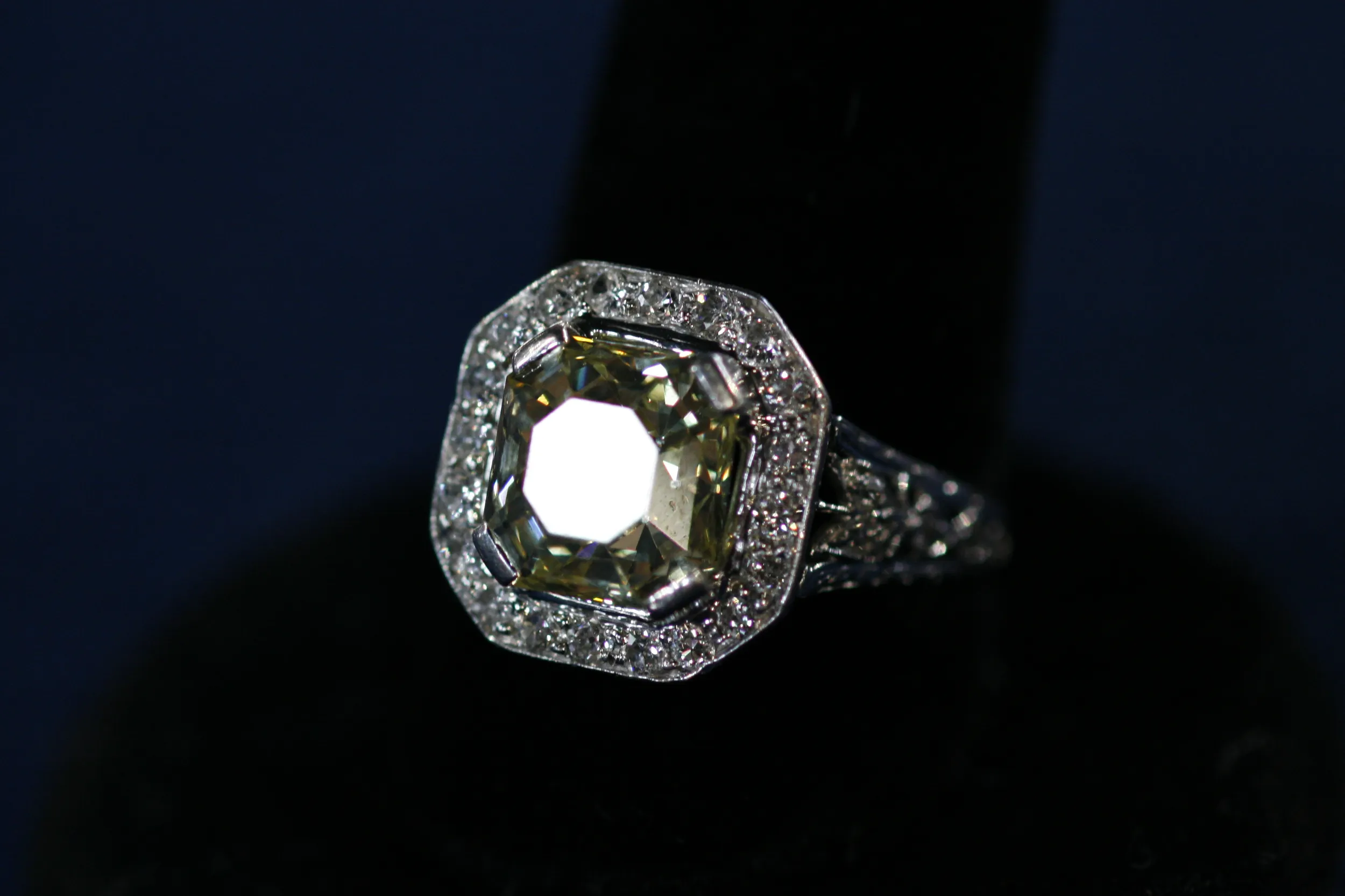GUEST: My father would collect antiques on the Lower East Side, probably in the 1930s, 1940s. He, um, was a butcher by trade, and that was the family business. And he never liked it. He always liked fine art, and he collected European bronzes and jewelry whenever he saw it. And he never spent more than $50.
APPRAISER: $50?
GUEST: Probably would be the tops that he ever spent, even if that much, because he didn't have the money, so...
APPRAISER: And this was back in the Depression and after that.
GUEST: Yes, after that.
APPRAISER: And I assume the jewelry he bought for your mother?
GUEST: Yes.
APPRAISER: Well, he had quite an eye for antique jewelry. The necklace is what we call Etruscan Revival. And this is a copy of an ancient necklace made probably in England or in Italy about 1870. It has coral from the Mediterranean-- very beautiful, almost angel skin coral-- and 18-karat gold. The second piece that you brought is this wonderful serpent bracelet that's kind of curlicued. He has little diamond eyes, and these are woven out of 18-karat gold mesh. And it has a steel core that runs through it. You could wrap it around your wrist and wear it as a wrist bracelet, or even up on your forearm. And then the third is a solid-gold bangle bracelet with a series of figures on it. The motif on the bangle is Assyrian Revival, and there are these winged figures with a lion's body. Both of the bracelets are Victorian, and I would think of European manufacture. These aren't the kinds of things that were made in the United States at this time. To give you an idea of how good an eye your father had, this Victorian Etruscan Revival necklace would bring about $15,000.
GUEST: Oh, my.
APPRAISER: And these serpent bracelets sell in good antique shops for approximately $7,500.
GUEST: (chuckling)
APPRAISER: Now, the Assyrian Revival bangle is also a $15,000 piece of gold antique jewelry. So, your father, who would never pay more than $50 for a piece of jewelry, left you quite a nice collection.
GUEST: Wow, thank you.

